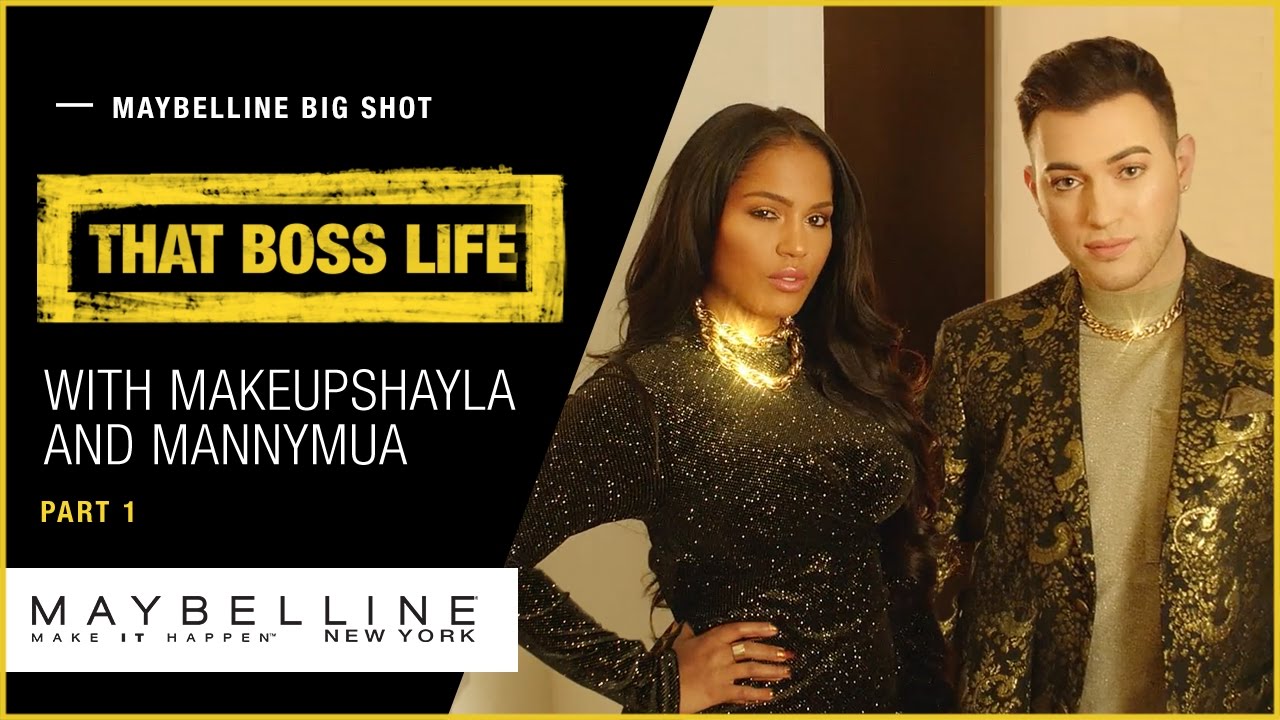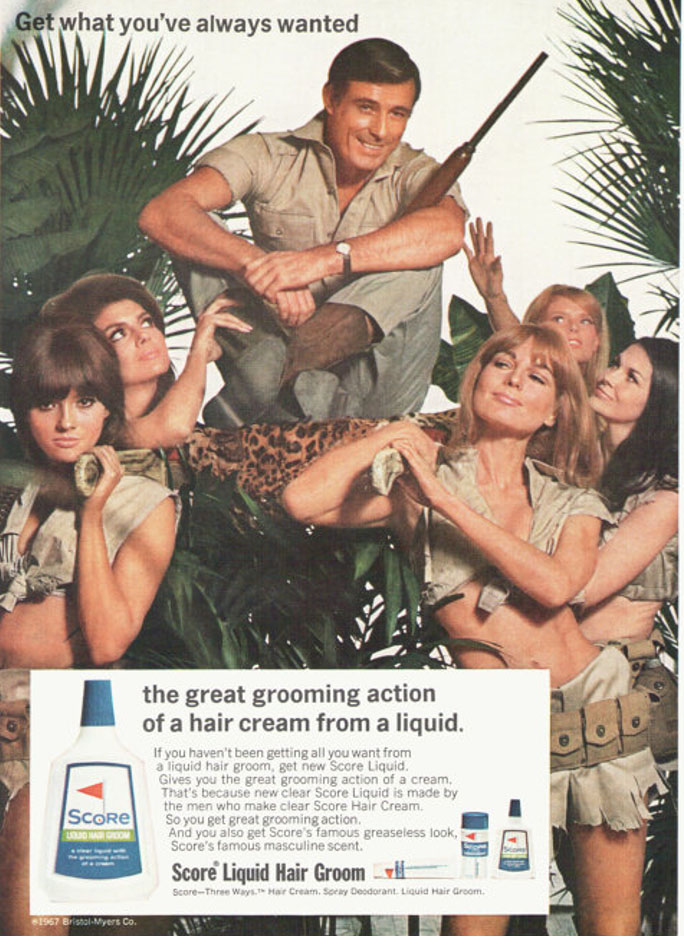makeup isn’t just for girls; it’s for guys too
Manny has almost 3 million followers, stands by his mission to provide makeup advice and inspiration to men and women
Man or woman, makeup is for you
popularity of several plus-size and transgender models, modelling has become a much more inclusive space
. I think I’m the first boy they’ve ever posted! We’re breaking boundaries guys!”
spoken about dealing with homophobia
Supermodel Naomi Campbell was one of the earliest non-Caucasians to make it big and change the landscape of the modelling scene
Japanese model Tao Okamoto has been the face of Ralph Lauren
more modern narratives showing the hipster bearded stay-at home dad juggling a baby and a business.
emphasise how important it is
to be comfortable with yourself
products exclaiming “approved by dermatologists” or “doctor recommended” instantly create more positive response
one of the first beauty influencers to team up with the company, he’s also the first man to
“Lash like a boss” isn’t gender specific
brand offers a range of high-quality products for all women while defending important values – diversity, inclusion and open-mindedness – to embody bold and radiant femininity
Gutierrez says “I think boys deserve just as much cosmetic recognition,”
Maybelline is saying, ‘We’re a very social brand and we want to maintain a younger, more digital shopper base.’
Celebrities who live in this new world can become hugely powerful.
Shayla Mitchell represents the different races and inclusivity with not a ‘typical models’ body type
maybelline sold 4.6 million eye makeup products
http://natashabmedia1.blogspot.com/2018/03/advertising-maybelline-case-study-and.html – media studies blog on Mascara advert




